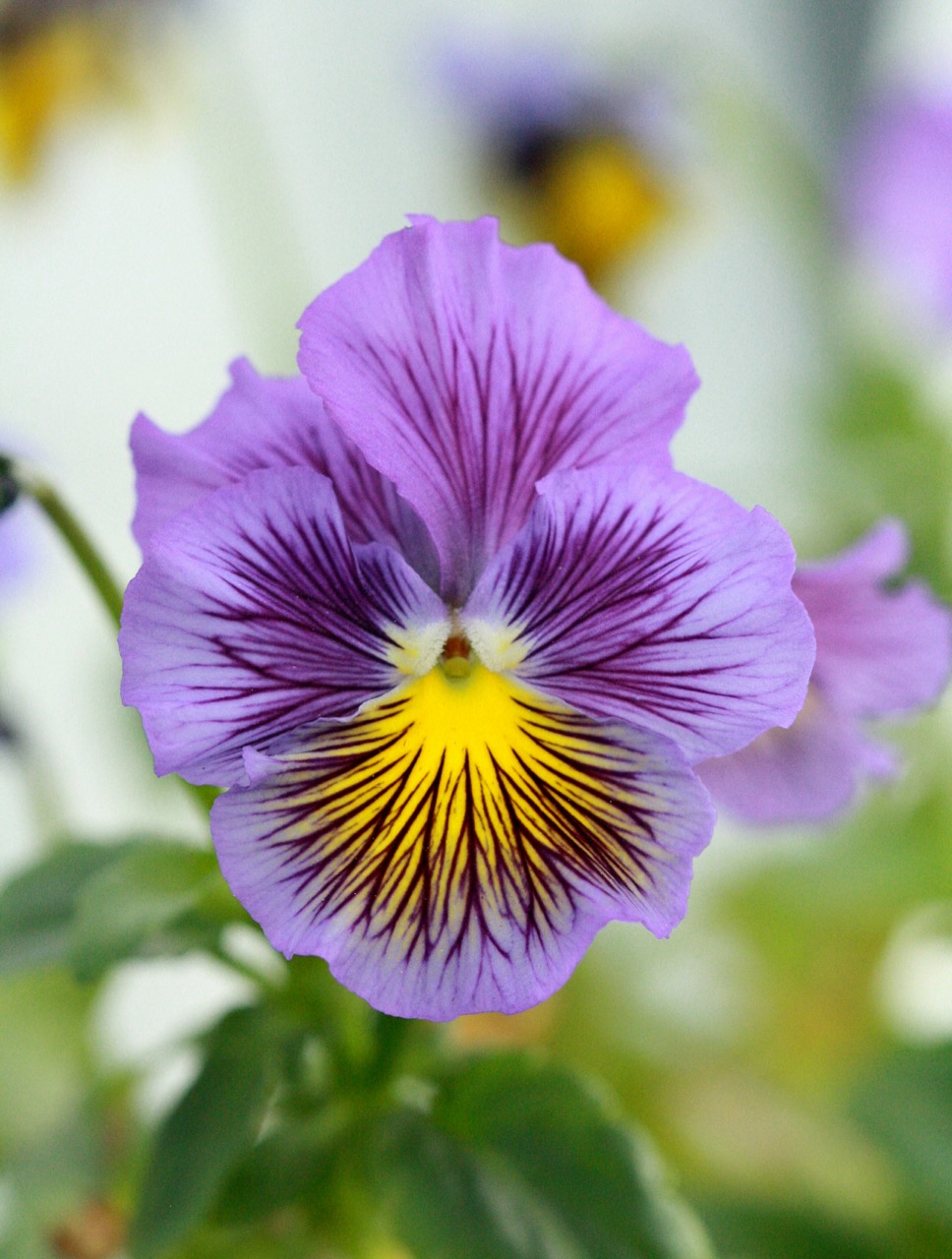Your cart is currently empty!
What Flowers Are Edible? A Complete Guide to Culinary Blooms
·


The world of edible flowers opens up exciting possibilities for both seasoned cooks and culinary adventurers. While many people admire flowers purely for their beauty, a surprising number of common blooms offer unique flavors and nutritional benefits that can transform ordinary dishes into extraordinary culinary experiences.
Understanding which flowers are safe to eat requires careful attention to proper identification and sourcing. The most commonly consumed edible flowers include nasturtiums, pansies, violas, calendulas, roses, lavender, and squash blossoms. Each brings its own distinct flavor profile to the table, from the peppery bite of nasturtiums to the delicate sweetness of violets.
Popular Edible Flowers and Their Flavors
Nasturtiums offer a spicy, peppery flavor reminiscent of watercress, making them excellent additions to salads and savory dishes. Their vibrant orange and yellow petals add both visual appeal and a zesty kick to meals.
Rose petals provide a subtle floral sweetness that works beautifully in both sweet and savory applications. They’re commonly used in Middle Eastern and Indian cuisines, and make elegant garnishes for desserts and cocktails.
Pansies and violas deliver mild, slightly sweet flavors with hints of mint. Their cheerful faces make them popular choices for cake decorations and fruit salads, where their gentle taste won’t overpower other ingredients.
Calendulas, often called “pot marigolds,” offer a slightly tangy, saffron-like flavor. These golden blooms have been used in cooking for centuries and add both color and subtle complexity to soups, stews, and rice dishes.
Lavender brings an intensely aromatic, slightly bitter flavor that pairs wonderfully with honey, lemon, and herbs. A little goes a long way with lavender, making it perfect for infusing oils, sugars, and baked goods.
Squash blossoms provide a mild, vegetal flavor similar to their parent plant. These large, showy flowers are delicious when stuffed with cheese or herbs and lightly battered and fried.
Safety and Sourcing Considerations
Never consume flowers from florists, garden centers, or roadside areas, as these may be treated with pesticides or other chemicals harmful to human consumption. Only eat flowers that you’ve grown yourself organically or purchased from reputable suppliers who specifically market them as edible.
Proper identification is crucial, as some flowers are toxic. Avoid flowers from bulbs (like daffodils and tulips), as well as azaleas, foxgloves, and oleander, which can be dangerous if consumed. When in doubt, consult reliable field guides or expert sources before trying any new flower.
Culinary Applications and Preparation
Edible flowers work best when harvested in the morning after dew has dried but before the heat of the day. Remove pistils and stamens from larger flowers, as these parts can be bitter. Gently wash flowers in cool water and pat dry before use.
Fresh flowers can be scattered over salads, frozen into ice cubes for drinks, or candied for elegant dessert decorations. They also work well infused into vinegars, oils, and syrups, allowing you to capture their flavors for longer-term use.
Seasonal Availability and Growing Tips
Many edible flowers can be easily grown in home gardens or containers. Cool-season flowers like pansies and violas thrive in spring and fall, while warm-season options like nasturtiums and calendulas prefer summer heat. Growing your own ensures the freshest, safest supply while giving you complete control over growing conditions.
The practice of eating flowers connects us to culinary traditions spanning centuries and cultures. From rose water in Persian cuisine to hibiscus in Mexican beverages, edible flowers have long played important roles in global food traditions. Today’s renewed interest in these botanical ingredients reflects both our desire for natural, unprocessed foods and our appreciation for the artistry that flowers bring to the plate.
Whether you’re looking to add visual drama to special occasion meals or simply want to explore new flavors in everyday cooking, edible flowers offer an accessible way to elevate your culinary repertoire while connecting with nature’s bounty.
